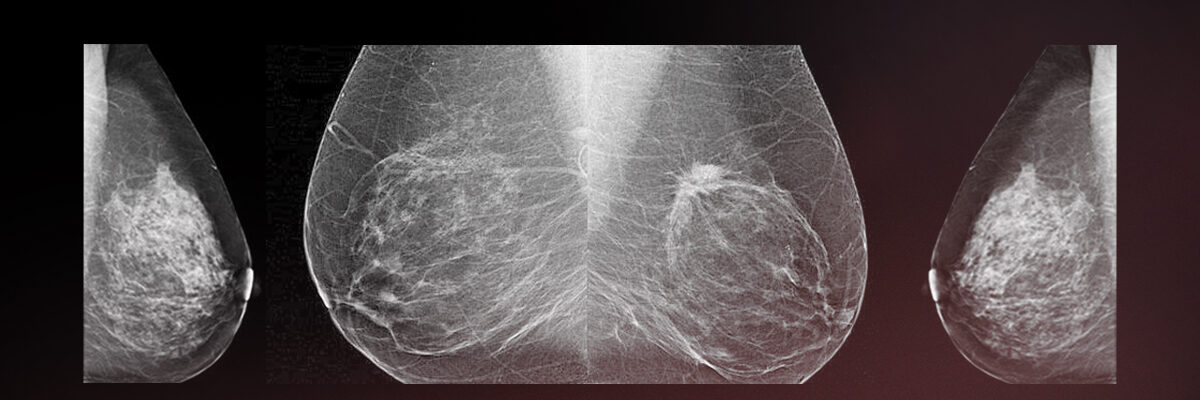Mammary pathology and mammography

The medical examination of the breast consists of its inspection (or detailed visualisation) and palpation in order to discover irregularities in the mammary glands.
The radiological investigation, which is risk-free, can be applied with two goals. On the one hand, the discriminative investigation of the mammary gland is carried out where visual inspection is inconclusive and is done as a preventative measure. On the other hand, it is also carried out as part of a screening process of a whole section of the population at a certain age for the early diagnosis of problems.

A mammary ultrasound scan is a really important complement to a mammography for certain individual cases or to help with diagnosis for women of certain ages.
A complete oncogynaecological check-up should always include a mammography in Spain. Instituto Bernabeu has digital mammography equipment which has considerable advantages over analogue mammography systems. Its spatial resolution is considerably superior allowing for an increase in diagnostic sensitivity while detecting the initial signs of breast cancer.
Digital technology also avoids the usual repetitions common in analogue mammograms resulting from incorrect exposures and other types of technical issues. The use of digital technology not only improves the work environment but also increases patient comfort.
Equally, digital technology releases a lower dose of radiation which leads to an overall decrease in the accumulated radiation patients retain if they face examinations once or twice a year. Although radiation doses have decreased considerably compared to those of just a few years ago, digital mammograms allow a further decrease so that the possible benefits of a periodic mammography for the early detection of breast cancer far outweigh any possible ill effects.